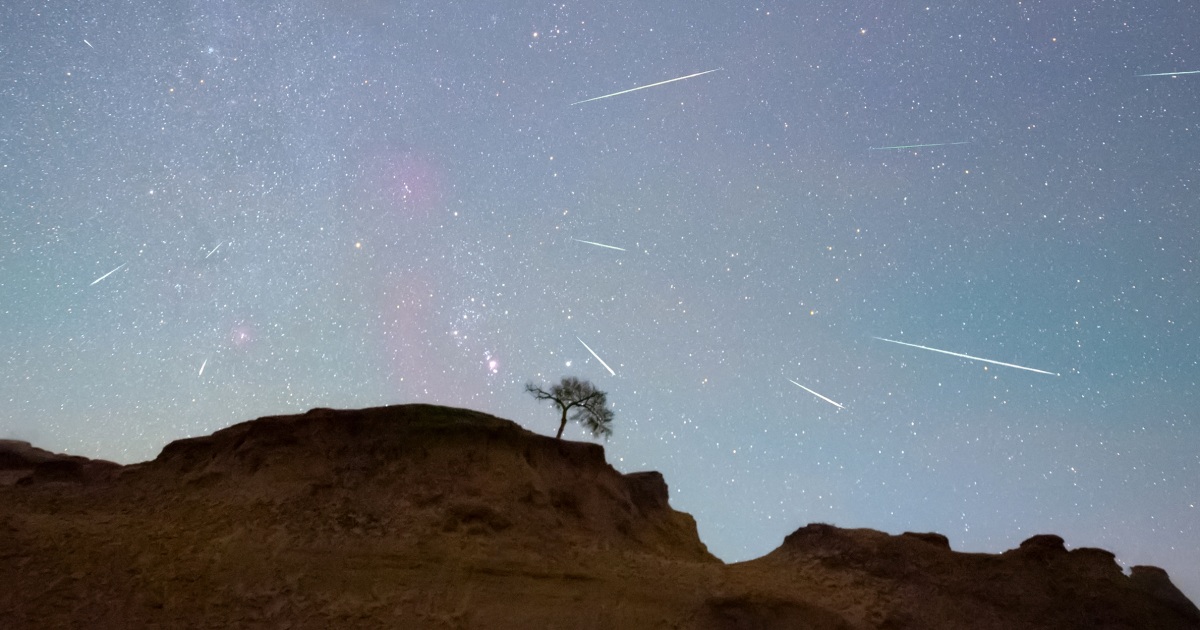
Middle Infrared
Middle Infrared (MIR) is a region of the electromagnetic spectrum that spans from approximately 3 to 50 micrometers. In the context of space and astronautical engineering, MIR is an important spectral range for remote sensing applications, as it allows for the detection and characterization of a wide range of materials and phenomena. MIR sensors are used for a variety of applications, including atmospheric monitoring, mineral exploration, and the detection of organic compounds on other planets. MIR radiation is also used for thermal imaging, which is important for spacecraft and satellite operations. In addition, MIR spectroscopy is used to study the composition of planetary atmospheres and surfaces, as well as the properties of interstellar dust and gas.
Your Previous Searches
Random Picks
- Compatibility: Compatibility in space and astronautical engineering refers to the ability of different systems, components, or materials to work together without causing any negative impact on each other. Compatibility is a crucial aspect in designing and ... Read More >>
- Thermal Expansion Coefficient: Thermal Expansion Coefficient is the ratio of the change in length or volume of a material to the original length or volume, per degree of temperature change. In space and astronautical engineering, thermal expansion coefficient is an impor ... Read More >>
- Vehicle Design: Vehicle design in the context of space and astronautical engineering refers to the process of creating and developing spacecraft, rockets, and other vehicles that are capable of operating in the harsh environment of space. This involves a m ... Read More >>
Top News

Bestselling author explains the science of happiness: "You can do the work"...
Bestselling author and Harvard professor Arthur Brooks opens up about how enjoyment, satisfaction and meaning in life can increase a person's wellbeing....
News Source: CBS News on 2024-11-18

November's full moon, known as the Beaver Moon, is the last supermoon of 2024. H...
November's full moon, known as the Beaver Moon, is the last supermoon of 2024. Here's when it peaks and why it's called the Beaver Moon....
News Source: CBS News on 2024-11-15

You can't put a price on the sense of awe particle physics inspires...
Astronomy and particle physics are no longer seen as vital by the US establishment, so funding has fallen. But our work creates a sense of wonder, and wonder matters, says Chanda Prescod-Weinstein...
News Source: New Scientist on 2024-11-13

If you want to stretch your gift game into days this holiday, check out these ad...
The advent calendar phenomenon is growing every year, with so many exciting, fun, beautiful, and delicious options available...
News Source: ABC News on 2024-11-04

November brings a bonanza of meteor showers...
November brings a skywatching bonanza, with three meteor showers — the Southern Taurids, Northern Taurids and Orionids — offering chances to see shooting stars....
News Source: NBC News on 2024-11-02